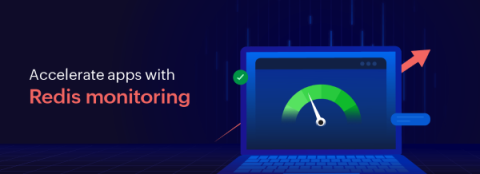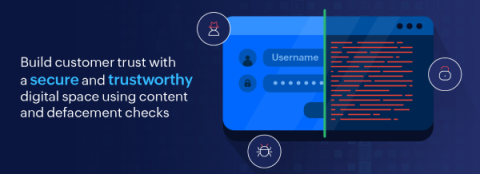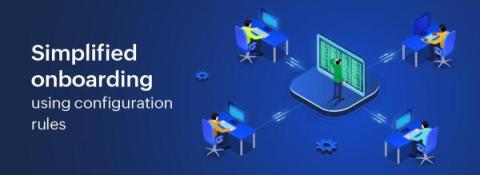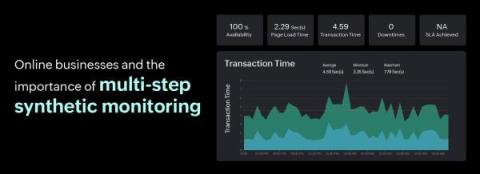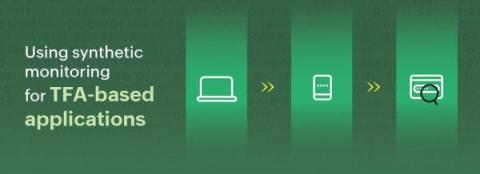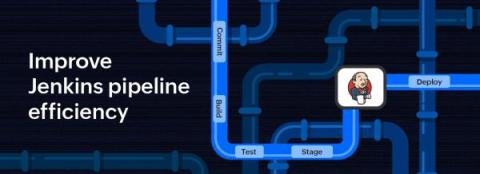Boost application speed by monitoring key Redis cache metrics
With users today expecting speed, reliability, and responsiveness from every application they use, the delivery of seamless experiences across various platforms becomes essential for organizations. Caching solutions like Redis play a vital role in these ecosystems by storing frequently accessed data in memory, reducing the need to retrieve it from slower back-end systems, such as databases.


